Challenges in the winter concerning the war in Ukraine is an oft-quoted and oft-analyzed subject. The coming cold weather – which will be exacerbated on the steppes – will definitely slow down military movement and will prove to be a formidable challenge for the population as well, given the recent missile attacks perpetrated by Russia on the Ukrainian energy infrastructure. But geographically, the next in line is Central Europe, with the Western part exposed to problems as well. Import of energy resources will be challenged but given the undoubtedly high level of reserves in most countries, this winter appears to be cold and dark only because of the cost of living. But next winter, without a good base quantity of strategic reserves could be even harder with not only the costs rising, but also the difficulty of actually obtaining resources to heat up residential areas and energy for the industrial activities, coupled with the possibility of political upheaval. But is some sort of cataclysm really inevitable? For now, most countries should stay in the green, but barely. Next year there might be the landslide.
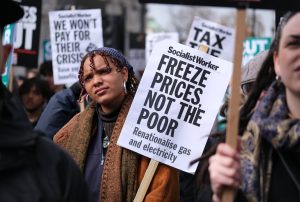
A protester opposite Downing Street listens to one of the speakers on a day of action over the surging cost of living in London, England on Feb. 12th 2022. (Photo by Alisdare Hickson / flickr.com)
Europe’s Cost of Living Crises
Not every country in Europe has the same reasons to re-adjust their budgets and is forced to tackle massive inflation and soaring energy prices. Scarce supply and unsure chains are all there but they hit Central European countries and Western European countries differently. Alternative supply routes and infrastructure to harness renewable energy sources can somewhat compensate natural gas imports or, in the other direction, mismanaged service providers (like in the UK) going bankrupt further complicate the situation.
Quoting reports published by Cambridge Econometrics, Politico points out that in most countries, the hike in energy prices and increasing inflation go hand in hand. In France, a 37 percent bump in energy prices contributed to 9.2 percent inflation year-on-year, while in Poland, the increase of coal prices significantly contributed to the country’s 14 percent inflation. Germany had ro resort to government intervention as well and those measures aimed to mitigate the costs for the population will be very expensive for the state: some 5 percent of the GDP will have to be allocated to the measures.
It is a logical conclusion that the hasty sanctions by the European Union – which, in the head of many showcased a potent and decisive actor, albeit not as much as NATO – are at least part of the problem. Certain member states go as far as calling sanctions the root of all evil when it comes to cost of living crises. It is true that sanctions were designed to influence Russia’s ties in international trade and energy export – alongside a couple of assumed oligarchs close to Russian premier Vladimir Putin – but they do not seem to have been as efficient as they were thought to be.
Acting fast was a great display of solidarity and unity; two very highly valued phenomena in the bloc, particularly in the European Parliament. There was a lot of pride inside the organization, having displayed its changing nature and its much-desired evolution into a bona fide international organization. But the European Union was wrong to have thought it can come up with anything novel.
Because the EU actually reacted just like it would have in the mid-1990s: purely economically.
An Expensive Shortsightedness
It is mostly true that Russia has been hit hard for the time being but in the medium-term, also in the realm of Realpolitik and realist international relations, the sanctions against Russia will be just as much a setback in the West as they have been to Russia: through the ensuing cost-of-living crises in the Netherlands, France, Germany and the UK, and decreasing public support for the incumbent governments. And in the age of fake news, conspiracy theories and a wave of spreading radicalism, misinformation and instigation will find a wider reception in the population already tired of the tragic news and the constant gloom and genuine sadness the war brings (and the media amplifies), and already fed up with the prices. Many could strongly believe that they have to renounce their way of life as they had known it because of the inflation put on them by “the government”.
Cost of living thus steps forward as the most important aspect when it comes to political stability. As the war drags on, countries that once – regardless of what mainstream left-leaning press has been echoing in the West – had a very good and very realist understanding of co-existence with Russia (yes, Hungary) are brought under pressure as well.
Member states of the European Union in Western Europe are already struggling but are driven by what the value-oriented foreign policy the EU’s institutions and behavioral ruleset dictates. This is happening in many cases at the expense of the people. Thus it might only be a question of time until the cracks start to show in this regard.
Depleting public support for the cause of the war is another timeframe to keep in mind and it might just as well be an incentive for the United States and other capable and willing NATO member states to uphold if not step up weapons exports to Ukraine in order to speed up the war.
In the meantime, Russia is putting down the foundations of a new alliance system in Asia. India and China seem to be very eager partners standing in for the losses in crude oil exports. China has been importing natural gas from other countries but there are plans in place to trade through the Arctic and a massive pipeline called Power of Siberia already under construction. Russia is also very open diplomatically to Vietnam whose reserve of rare-earth elements are quite substantial, opening up a way in the long run for Russia to import these crucial raw materials – used in smart phones, glass, television and other high tech manufacturing – under better terms than other countries. There is also a very far-reaching nuclear energy and research cooperation treaty in place between the two countries.
Forced Innovation – This Time In Energy Trade
As Russia is trying to build relations in new directions, Europe is tasked with something similar, albeit in the field of science and innovation as substitution of Russian natural gas and oil imports is becoming more and more urgent.
This has spun out of the stage of politics. Global multinational companies are also campaigning in order to keep business affected as little as possible. It was a very telling and surprising turn when the CEO of German multinational Baywa spoke in a German newspaper on his frustration concerning how the German federal government is responding to the issues. Klaus Josef Lutz urged the government to seize every possibility and way to produce energy: let it be the re-introduction of nuclear power plants into the grid, or harnessing renewable energy.
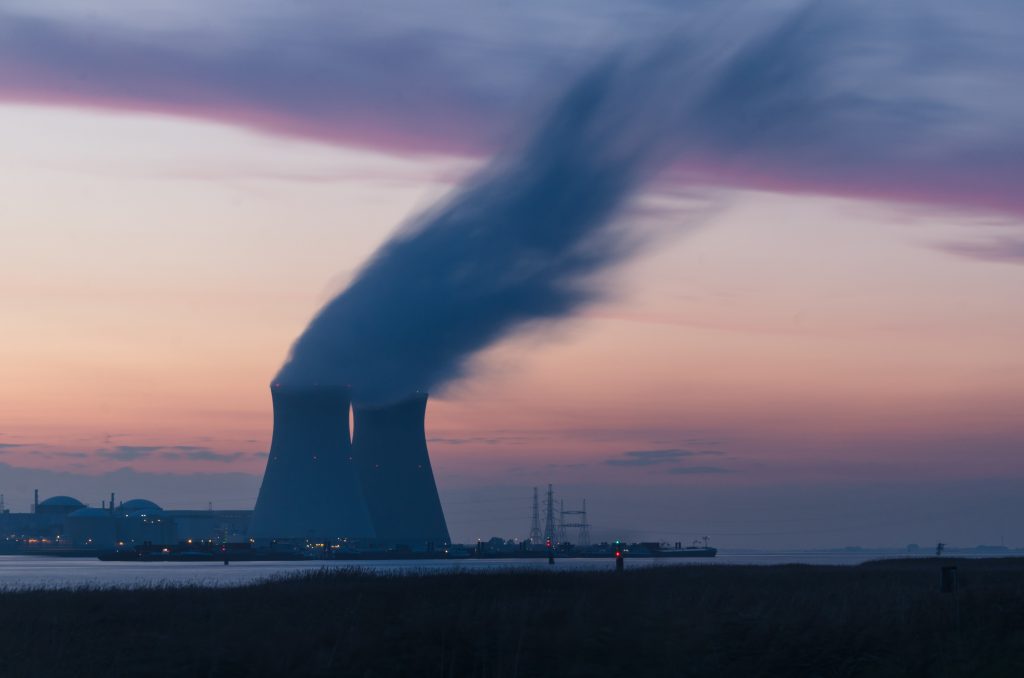
Nuclear powerplant in Belgium. (Photo by Frédéric Paulussen / fredography.be via UnSplashed)
Concerning the latter, the European Union, while having surpassed its goals in the share of renewables in energy production, has been lagging.
Member states have been reducing Russian imports too slowly according to an expert asked by Politico on the matter. Naturally, all records are being smashed by the adoption of new sustainable production methods and there are very attractive goals set out in strategies, like RePowerEU but it should be observed that before the war in Ukraine, the bar was not all that high.
Liquefied natural gas or LNG is the buzzword right now, with the ability to be transported in containers, the United States and other, LNG-producing countries could help Europe by exporting it. But LNG export and import are run through terminals which make all the transport possible in the first place and Europe does not boast of many. Liquefaction can be done in one of only two terminals on the whole continent (both are in Norway) and regasification (“import”) can be processed in 21. Investment in LNG capacities is a top priority in Germany: Europe’s biggest economy has one working LNG terminal and three others under construction or planning and a recent deal with Qatar also signals that the country sees a great deal in LNG imports.

Technigaz Mark III type LNG membrane inside an LNG carrier. (Photo: Wikimedia Commons)
Many plans are set in motion in other countries as well and on the white paper-level – as always – things are looking satisfactory in the European Union.
These measures however take time to complete and with the political side exerting pressure for always another package of new sanctions, Europe will only be worse off as the months go by.
Clouds Are Rolling In… Literally
It could go on as far as next year which could be far more difficult. Europe’s gas storage facilities are at 95 percent right now and depending on how the weather pans out, it might happen that these levels will be rather low by November next year.
Things are looking up right now. The European Center for Medium-Range Weather Forecasts and the EU’s own Copernicus Programme both project average and above-average temperatures in the coming winter, and the La Niña weather phenomenon also seems to help with strong and wet winds, boosting renewable energy production.
But these models are far from a 100 percent accurate and even if the months ahead are relatively comfortable, refilling storage – especially if cooling because of a heatwave next summer drains them further.
La Niña could also stop and turn into El Niño with a colder winter in 2023.
Weather Forecast
For Europe, holding out throughout the war is, in many respects, Is a question of time. The EU’s rushed and spectacular decisions have made many aspects harder and the increase in prices could bring unprecedented political uncertainty to the continent if the war goes on for another year. This is the biggest risk.
The war has started and sped up certain political processes which in themselves would be welcome by all but with all-encompassing fragility looming over most aspects of life as Europe had known it, it might just drag on too long to save Europe’s solidarity, competitiveness and performance from going downwards.
Europe simply has to find a way to make swift, yet well-meditated decisions and refrain from looking at the support for Ukraine and the punishment of Russia through a values-only pair of glasses.
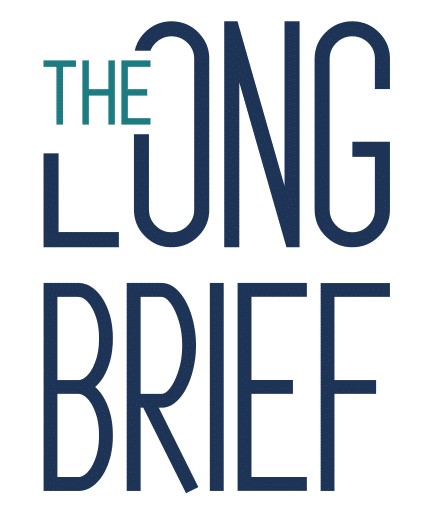
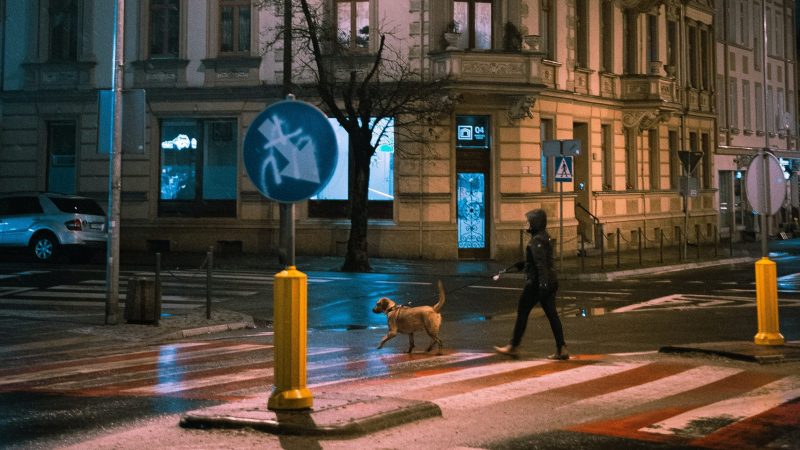
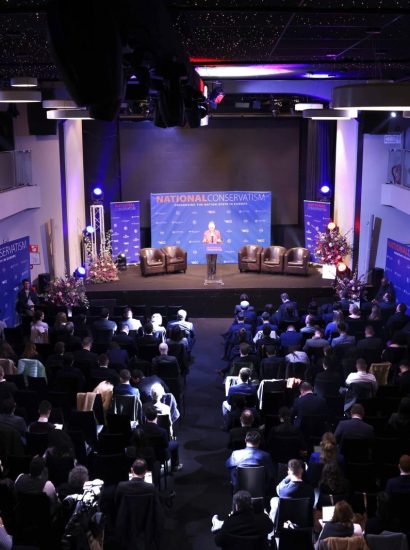
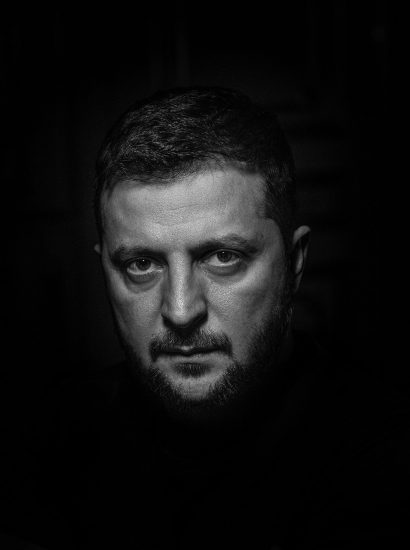
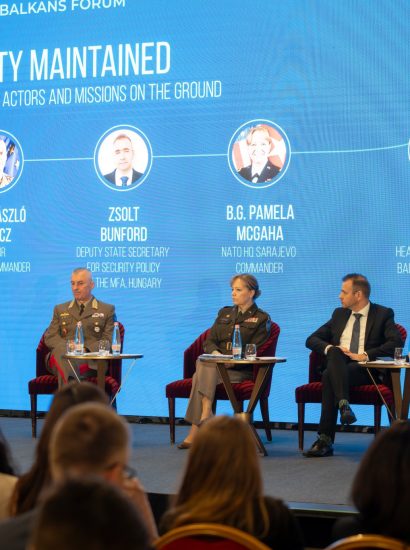
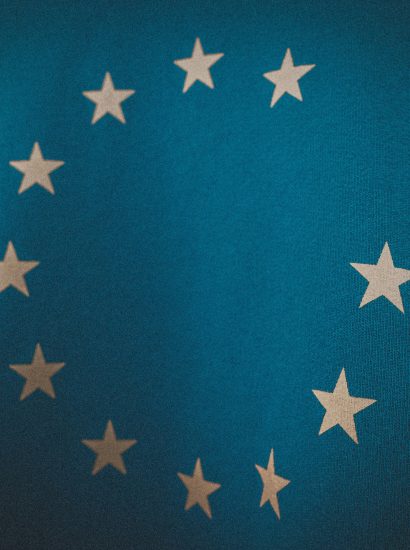


[…] was the inflationary peak due to the monetary emission of the European Central Bank and the rise in energy prices produced by the Russian-Ukrainian war. For this very reason, the candidates have focused a lot on the economic section, the one who has […]
[…] stranding would be a political disaster for any government, given the potential skyrocketing energy prices and enormous investor losses that would […]